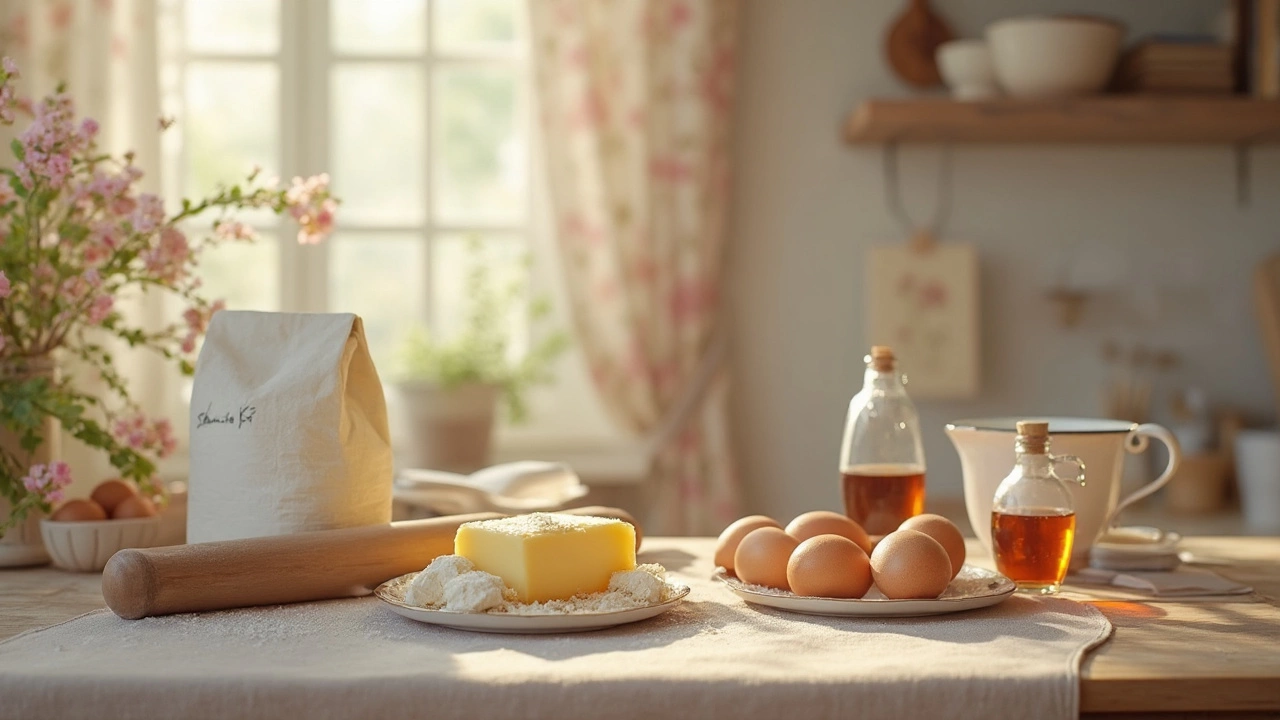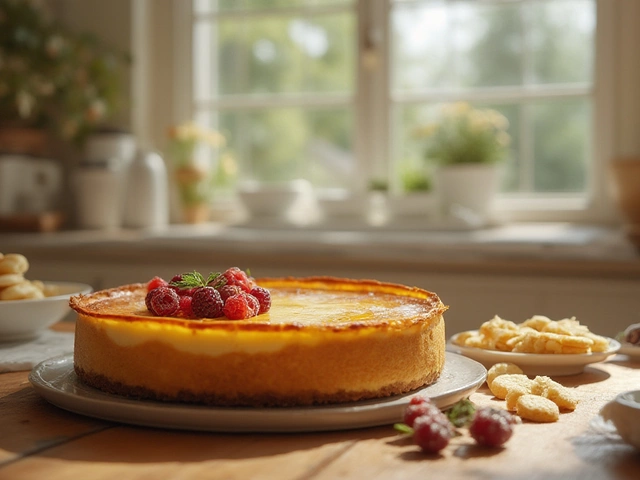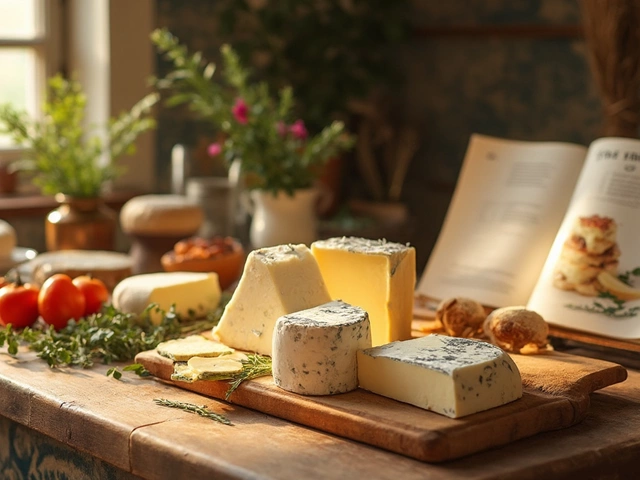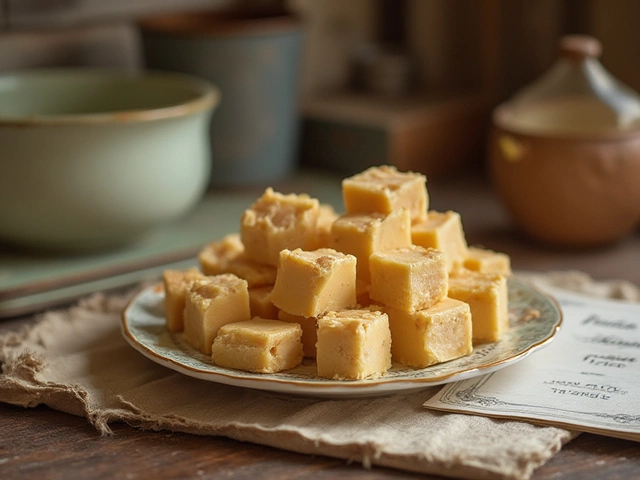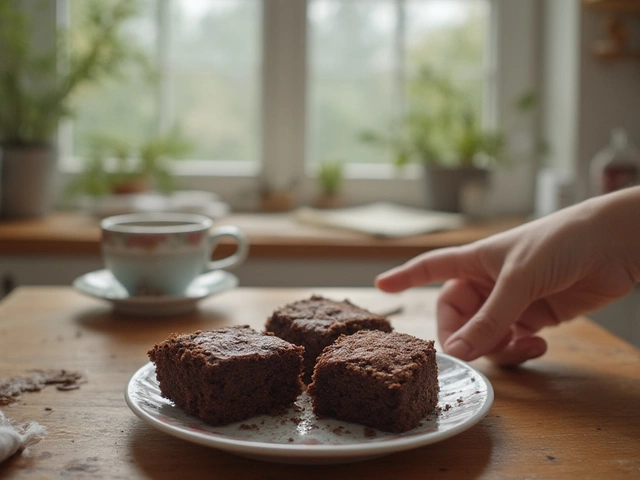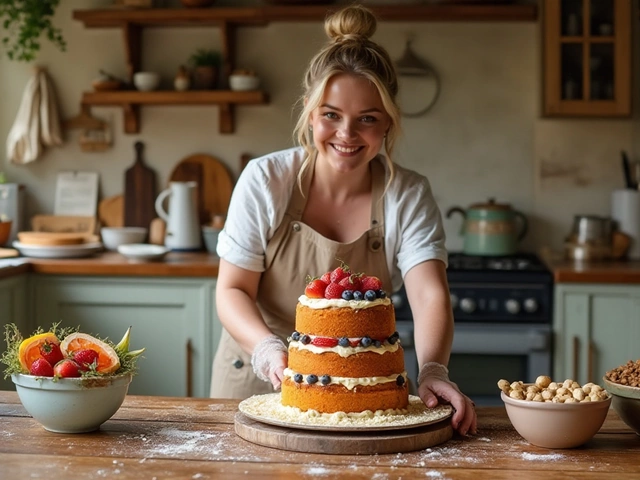Baking Basics: Essential Tips for Every Home Baker
Want to bake a cake that looks and tastes great without sweat? Start with the right basics. These easy steps will take you from novice to confident baker, whether you’re making brownies, cookies, or a simple loaf.
Getting the Right Tools
Good tools make good baking. You don’t need a fancy set – just a few staples: a reliable set of measuring cups and spoons, a digital kitchen scale for accuracy, a sturdy mixing bowl, a rubber spatula, and a basic whisk. A rubber silicone baking mat or parchment paper saves time on cleanup, and a good oven thermometer helps you avoid hot spots.
Mastering Simple Techniques
Measure ingredients by weight, not volume. A cup of flour can weigh anywhere from 100 to 130 g depending on how you scoop it, which changes the texture. Weighing keeps your batter consistent. When mixing, follow the recipe order – usually wet ingredients first, then dry. Over‑mixing creates gluten, turning soft cakes into tough ones.
Temperature matters. Let butter and eggs sit at room temperature before mixing; they blend more smoothly and trap air, giving you a lighter crumb. Preheat your oven fully – a cold oven can cause uneven rise. Use the middle rack for even heat distribution.
Don’t skip the “cream and beat” step for butter‑sugar mixes. Creaming adds air, which lifts the batter. Beat until the mixture looks pale and fluffy, typically 2–4 minutes with an electric mixer on medium speed. Then add eggs one at a time, mixing just until incorporated.
When adding flour, stir gently. A quick fold with a spatula prevents over‑development of gluten. This is why many recipes call for a “sift and fold” method. It keeps cakes soft and cookies tender.
Check doneness early. A toothpick inserted in the center should come out with a few moist crumbs for brownies or clean for a cake. If you wait too long, sugar can caramelize too much, making the surface hard.
Cool items properly. Let cakes rest in the pan for 10 minutes, then turn them onto a wire rack. This prevents them from becoming soggy. Store cookies in an airtight container with a slice of bread to keep them soft.
With these basics, you can tackle most recipes on the site – from fudgy brownies to airy cupcakes. Practice each step, and soon the process will feel natural. Happy baking!


